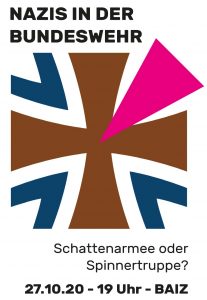In den nächsten Monaten werden wir uns schwerpunktmäßig mit einem Projekt zum Genozid an Roma während des Zweiten Weltkrieges beschäftigen, vorrangig im damaligen rumänischen Besatzungsgebiet. Wir fragen nach den historischen Abläufen, insbesondere aber nach der Erinnerungskultur in Deutschland, Rumänien, Moldawien und der Ukraine. Zu den zentralen Elementen des EU-Projektes gehört die Einbindung von acht jungen Roma aus allen vier Ländern und die gemeinsame Fahrt an die früheren Tat-Orte.
Hier folgt eine Zusammenfassung des Projektes auf englisch. Weitere Infos auf unserem bald eingerichteten blog!
„Genocide against Roma people: Remember to resist”
A project with young Roma from four countries.
Project period: 08-02-2015 (commemoration in Auschwitz) till december 2016

Gefördert von der Stiftung Erinnerung, Verantwortung, Zukunft (EVZ)
Summary of the Project
The project aims to remember the faith of the Roma people in those regions which were under Romanian rule during the Second World War. The remembrance of the genocide shall promote social commitment against racist and antiziganist discrimination. Organisations of the Roma minority and young Roma from Germany, Ukraine, Moldavia und Romania involved, we shall question survivors of the Porajmos, scientific, political, social and media stakeholders and determine spots of remembrance in these four countries. For this purpose, we will organize an excursion of about two weeks in spring 2016. Participants are eight young Roma, each two of them from Germany, Romania, Moldavia and Ukraine. Before, in late summer 2015, we will identify persons and spots during a research.
On several occasions in all of the participant countries we will have public events to inform about the project and to discuss the historical facts as well as the challenges for commemoration and remembrance.
The „material“ effect of the project is an exhibition that remembers the majority societies as well as the Roma´s communities to this part of their common history, and further on reflects the antiziganist mechanisms that led to the Porajmos. The exhibition questions to what extent these mechanisms are still functioning today and shows examples how to combat them. We will also produce a video documentation about the project and a brochure.
Concerning the “non-material” effect, the common approach to the historical processes and the mutual exchange of today´s discriminatory experiences shall strengthen the young Roma´s capacities to self-organisation and empower them to better engage in social and political processes of the majority societies. In Germany, the exhibition shall reflect this special aspect of Nazi-crimes that is almost forgotten.

